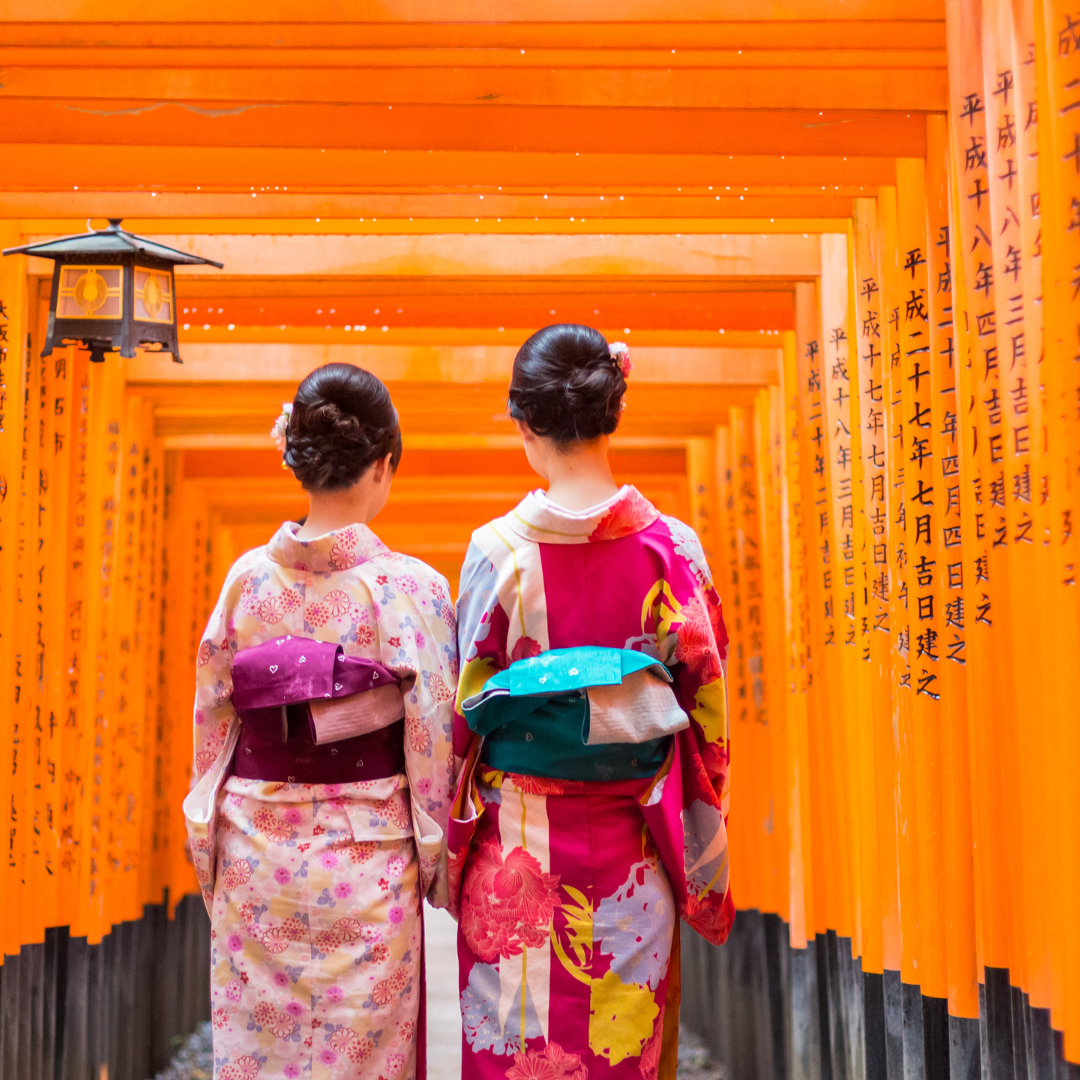Japan’s Traditional Boat Festivals: Celebrating the Country’s Maritime Culture

With a history deeply rooted in its relationship with the sea, Japan boasts a rich tapestry of maritime traditions. The archipelago, surrounded by waters, has naturally incorporated the aquatic elements into its festivals. From floating shrines to mythical sea creatures, Japan’s boat festivals are a vibrant testament to the nation’s love for the sea and its cultural ingenuity. As we delve deeper into these celebrations, we find a confluence of faith, art, and the community spirit, all set against the backdrop of Japan’s beautiful waterscapes.
The Floating Shrines of Omi-Hachiman’s Hachiman Matsuri
Located in Shiga Prefecture, Omi-Hachiman is home to the Hachiman Matsuri, a festival that showcases floating shrines or ‘Tarai-bune.’ These boat-shaped shrines, adorned with lanterns and intricate carvings, are paraded on Lake Biwa. The reflection of these illuminated boats against the tranquil waters creates a dreamlike spectacle. Accompanied by traditional music and chants, this procession is a serene yet grand celebration of the town’s guardian deity and its relationship with the lake.
Uwajima’s Ushi-Oni Festival: Sea Battles and Mythical Creatures
In the coastal town of Uwajima, a unique festival unfolds. The Ushi-Oni Festival, held every summer, features the legendary Ushi-Oni, a mythical sea creature. Enormous Ushi-Oni effigies, made from bamboo and paper, are paraded and then set out on boats. These boats then engage in mock sea battles, symbolizing the taming of the wild sea spirits. The culmination of this vibrant event is a spectacular fireworks display, celebrating the harmony between man and sea.
Osaka’s Tenjin Matsuri: A River Procession with a Fiery Display
One of Japan’s top three festivals, the Tenjin Matsuri in Osaka is an epitome of grandeur. As night falls, over 100 boats, illuminated with lanterns, sail on the Okawa River. These boats carry sacred palanquins, traditional musicians, and dancers. The rhythmic beating of drums, the glow of lanterns, and the elaborate costumes create a captivating tableau. The highlight, however, is the ritualistic transfer of the deity from land to boat, symbolizing the close bond between the divine and the mortal realms.
The Grandeur of Kyoto’s Togetsukyo Bridge Boat Procession
Kyoto, with its ancient temples and traditions, celebrates the Togetsukyo Bridge Boat Procession. Held during the cherry blossom season, this procession is a visual treat. Traditional boats, adorned with cherry blossom decorations, sail gently on the Katsura River. These boats carry performers enacting scenes from classical Japanese literature and history. As petals drift down, and the boats glide, the bridge becomes a portal to Japan’s poetic past.
Tokushima’s Awa Odori: Dancing on Land and Water
Tokushima bursts into life and rhythm during the Awa Odori, one of Japan’s most vivacious dance festivals. Translating to “Awa Dance”, the Awa Odori originally hails from the Tokushima Prefecture and has been celebrated for over 400 years. By day, the streets echo with synchronized chants of “Yattosa, yattosa” as dancers in traditional costumes, called “Ren”, move to the rhythmic beats of shamisen (a three-stringed instrument), drums, and flutes. But as vibrant as the land festivities are, the water aspect is equally captivating. The Shinmachi River becomes a floating stage where dancers, not missing a beat, continue their performances on boats. The shimmering waters reflect the vibrant costumes, the fervor of the dancers, and the mesmerizing lights, creating an atmosphere that’s both electric and surreal. It’s a dance that bridges the gap between land and water, tradition and modernity, and locals and visitors.
Mifune Matsuri: A Celebration of Ancient Court Culture
In the historic city of Kyoto, where traditions echo through the ages, the Mifune Matsuri offers a glimpse into the regal and cultural richness of the Heian period. Held in the picturesque surroundings of the Arashiyama district, the festival is centered around the Oi River. As boats glide gracefully on its waters, they bear participants adorned in the aristocratic attire of the Heian court. The air is filled with soft melodies from traditional instruments like the koto and biwa, accompanying poetic recitations. The centerpiece is the reenactment of scenes reminiscent of the ancient court’s elegant culture, from music and dance performances to poetic exchanges. The gentle drift of the boats, set against the backdrop of the scenic Togetsukyo Bridge and lush mountains, immerses attendees in a serene tableau, reminiscent of scenes from classical Japanese paintings.
Nagasaki’s Kunchi Festival: Dragons and Ships in Harmony
Nagasaki, with its multicultural past, celebrates the Kunchi Festival—a vibrant amalgamation of Japanese traditions with Chinese and Dutch influences. Rooted in the celebration of autumn harvests, the festival has evolved to showcase Nagasaki’s rich tapestry of cultures. Dragons, symbolizing Chinese influence, snake through the city streets, dancing to the beats of drums and the sound of gongs. These dragon dances, with their intricate movements and colorful designs, are a visual delight. However, equally captivating is the maritime aspect. ‘Hono-ships’, detailed model ships representing Nagasaki’s maritime history and its status as an international port, are paraded around. These ships, carried by participants, are more than mere representations; they symbolize Nagasaki’s historical significance in bridging Japan with the rest of the world. The harmonious blend of dragons and ships during the festival embodies the essence of Nagasaki—where diverse cultures, histories, and traditions come together in a vibrant celebration.
As our journey through Japan’s maritime festivals concludes, we are left with a profound appreciation for the nation’s ability to blend faith, nature, and art seamlessly. These boat festivals, with their rhythmic waves and resonating chants, serve as a reminder of Japan’s timeless traditions and the unbroken bond with its surrounding waters. In each lantern’s glow, in every beat of the drum, and through the myriad reflections on water, Japan’s maritime soul comes alive, beckoning us to set sail once again into its cultural depths.


